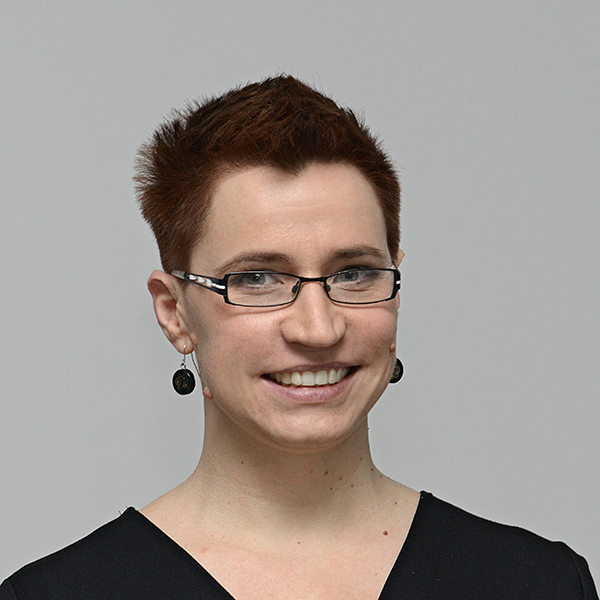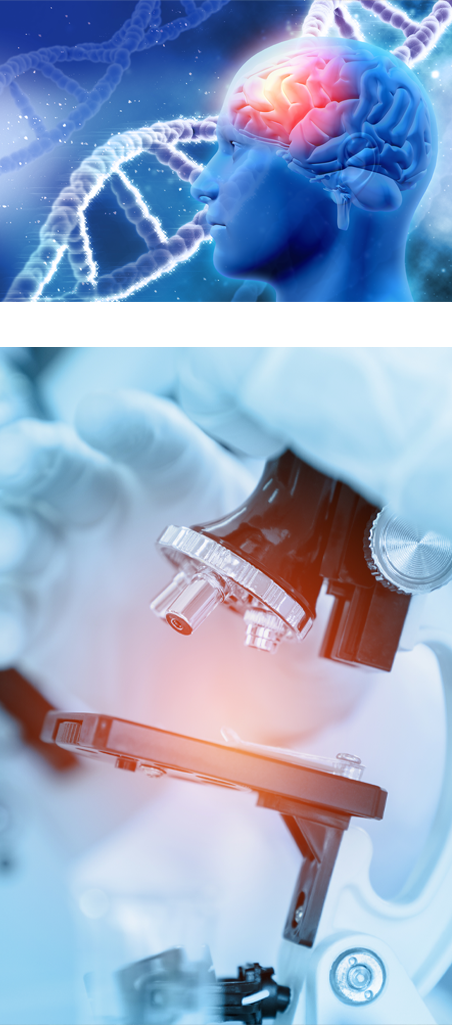Supporting units
Knowledge transfer and administration
The primary objective of knowledge transfer is to enable widespread utilization of the ideas and solutions generated in BRAINCITY, to benefit the society. The main goal of BRAINCITY is to advance our fundamental understanding of brain disorders that are the most debilitating of human diseases and generate significant societal and economic costs. Thus, as is true for all fundamental research, the path from bench to bedside is long, winding and requires skill set not often found in academia. This expertise in e. g. medical products development, regulatory aspects concerning i. a. manufacturing and clinical practice, logistics etc. needs to be sourced elsewhere, through partnerships.
To address the issue of missing expertise and the visible lack of interest of industry in fundamental research projects from academia, the technology broker provides advisory support from external clinical and industry experts through SPARK Poland initiative. These mentoring activities allow insight in what is needed to implement solutions in clinical practice on one hand, and on the other, enable appropriate preparation of the project to attract external partnerships.
EMPLOYEES

To enable translation of research findings from BRAINCITY the technology broker supports scientists in several areas including:
- intellectual property management,
- preliminary evaluation of ideas’ and solutions’ commercialization potential,
- building relationships with clinical and business partners, in compliance with internal and external regulations.
EQUIPMENT
Two top-notch imaging equipment
Thanks to a special, additional contribution the BRAINCITY project provided competitively by Foundation for Polish Science we have got pieces of two top-notch imaging equipment.

CORE FACILITY
Pluripotent Stem Cells (iPSCs) Core Facility
Moreover, as a part of BRAINCITY project, induced Pluripotent Stem Cells (iPSCs) Core Facility has been established. This core facility has been fully equipped to provide multifunctional utilization of iPSCs technology. For high standard sterile cell culture 3 laminar flow hoods (all equipped with vortexes and suction pumps) and 4 incubators were bought. To pick up iPSCs colonies under laminar flow hood EVOS microscopic system can be used. Possibility to use also fluorescence in microscope under laminar flow hood, will be especially useful during picking up colonies after modification with i.e. with CRISP/Cas9 system. Additionally, some cell incubators are also equipped with CO2 resistant orbital shakers to differentiate iPSCs to organoids. Besides, iPSCs core facility is equipped with basic laboratory accessories such as fridge, freezers (-20oC, -80oC), water bath, vortexes, centrifuges, short spins and ice machine. In summary, created iPSCs Core Facility provides all equipment necessary for reprogramming, maintenance, modification and differentiation of iPSCs. Additionally, all abovementioned equipment provides independent functioning of the core facility. Creation of this facility enable researchers within BRAINCITY to successfully implement iPSCs in their projects.
